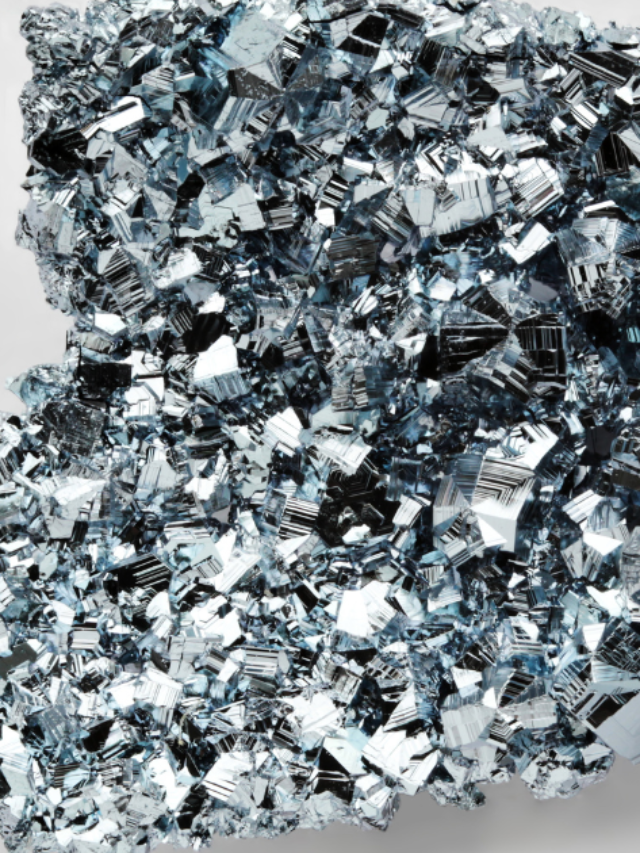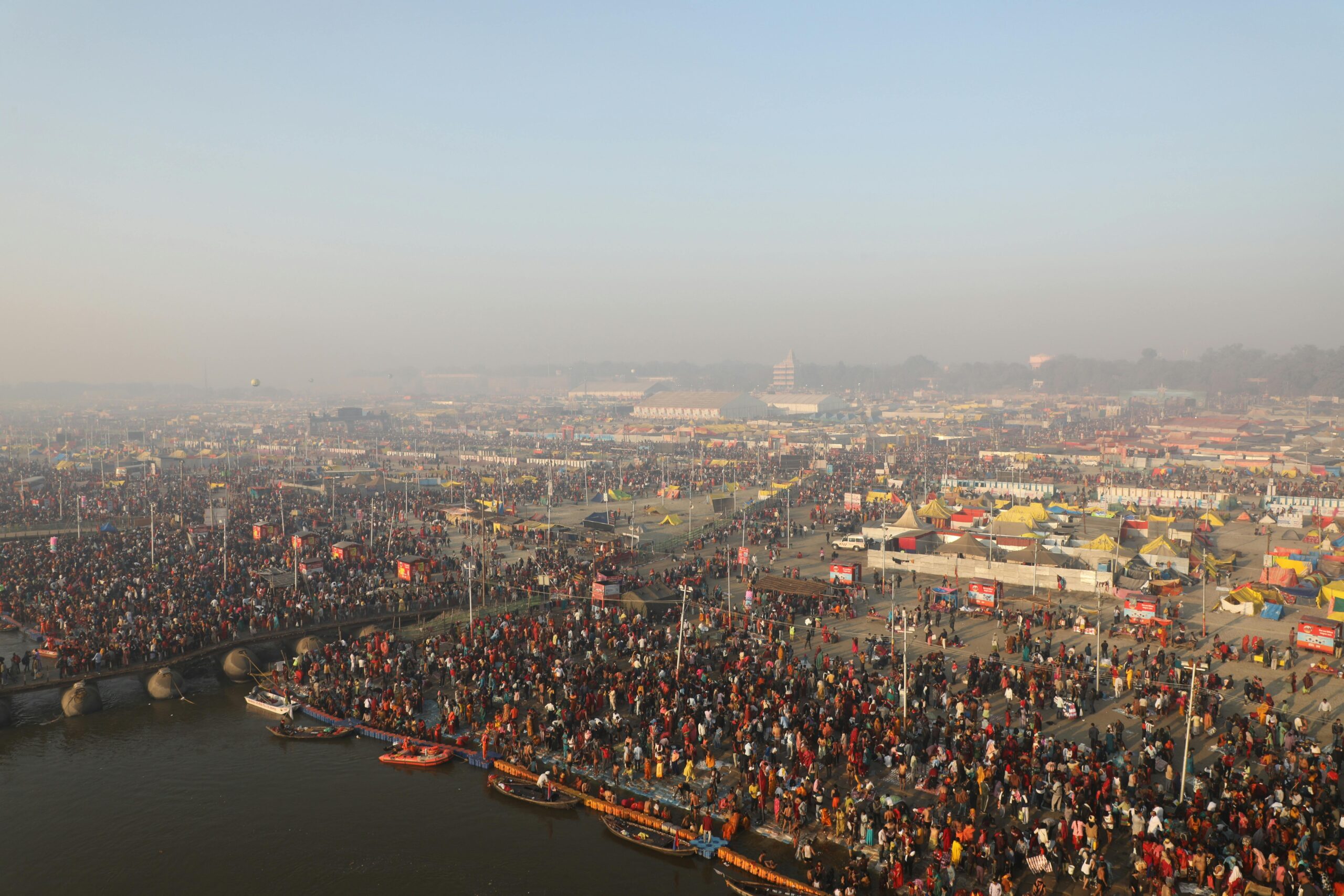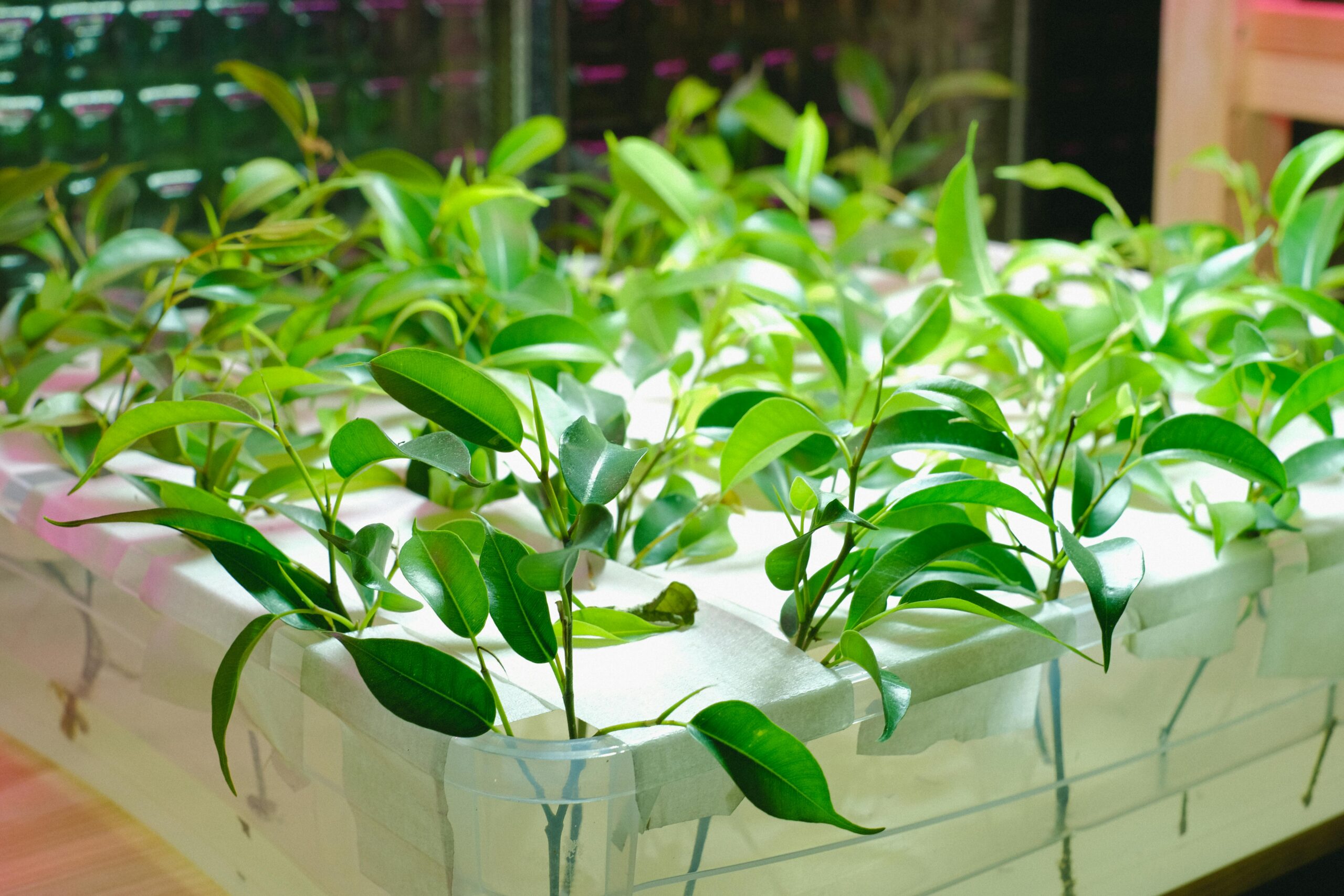Introduction
What Government Must Do To Cleaning The Rivers in India’s rivers, once the lifelines of civilization, are now choking with pollution. From untreated sewage to industrial effluents, the crisis has reached alarming levels. Clean rivers are essential for public health, biodiversity, and economic growth. While the government has taken some steps to combat this issue, more needs to be done. So, what should the government do to ensure a pollution-free future for India’s rivers?
Understanding River Pollution in India

Pollution in Indian rivers arises from various sources. Major contributors include industrial waste, agricultural runoff, and domestic sewage. These pollutants disrupt ecosystems, kill aquatic life, and threaten human health.
Major Sources of River Pollution
- Industrial Waste: Factories discharge toxic chemicals, heavy metals, and untreated waste into rivers, making water unsafe for consumption.
- Agricultural Runoff: Excessive use of fertilizers and pesticides seeps into water bodies, increasing toxicity levels.
- Domestic Sewage: Untreated human waste, plastic, and garbage accumulate in rivers, worsening pollution.
- Religious and Cultural Practices: Dumping of idols, flowers, and other religious offerings into rivers adds to the pollution problem.
How Polluted Are India’s Rivers?

The situation is dire. Reports indicate that over 350 river stretches in India are severely polluted.
Case Studies
- Ganges: One of the most sacred rivers, yet highly polluted with sewage and industrial waste.
- Yamuna: Known as a ‘dead river’ in Delhi due to toxic foam and high pollution levels.
- Godavari & Krishna: Increasing pollution from urban settlements and industries.
READ MORE:10 Apocalyptic Theories About The End of The Universe
Government’s Current Measures to Clean Rivers
The Indian government has launched several projects:
- Namami Gange Project: A flagship initiative focused on cleaning the Ganges.
- National River Conservation Plan (NRCP): Targets multiple rivers to improve water quality.
- Swachh Bharat Abhiyan: Indirectly contributes by managing waste better.
However, these programs face challenges like poor enforcement, inadequate funding, and lack of public participation.
What More Must the Government Do?

Stricter Industrial Regulations
- Enforce penalties on industries dumping untreated waste.
- Make zero-liquid discharge systems mandatory.
Better Waste Management Systems
- Upgrade sewage treatment plants in urban and rural areas.
- Promote decentralized waste treatment facilities in local communities.
Promotion of Eco-friendly Practices
- Ban single-use plastics near water bodies.
- Incentivize eco-friendly alternatives like cloth bags and biodegradable products.
Strengthening Agricultural Practices
- Reduce chemical fertilizer use and promote organic farming.
- Implement buffer zones with vegetation near riverbanks to filter pollutants.
Community Involvement and Awareness
- Introduce school programs on river conservation.
- Encourage NGOs and local communities to adopt river stretches for cleanliness drives.
Advanced Technologies for Cleaning Rivers
- Use AI-driven monitoring systems to track pollution levels.
- Deploy floating trash collectors and robotic cleaners.
- Explore bio-remediation techniques to purify water naturally.
The Role of Citizens in Keeping Rivers Clean
Governments alone cannot solve this crisis. Public participation is crucial.
- Reduce Waste: Avoid dumping plastic and garbage into rivers.
- Participate in Cleanliness Drives: Join NGOs and volunteer efforts to clean rivers.
- Hold Authorities Accountable: Demand stricter implementation of pollution control measures.
Top 10 most polluted rivers in india

1. Ganges River
- One of the holiest yet most polluted rivers in India.
- Major pollutants: Industrial waste, sewage, religious offerings, and plastic waste.
- Despite the Namami Gange Project, pollution remains a serious issue.
2. Yamuna River
- Often called a “dead river” due to extreme pollution levels.
- Polluted with untreated sewage and industrial effluents, especially in Delhi.
- Toxic foam is a common sight due to high ammonia and phosphate levels.
3. Godavari River
- Faces contamination from urban waste and industrial discharge.
- Agricultural runoff adds fertilizers and pesticides, degrading water quality.
4. Krishna River
- Heavy pollution from industrial units and excessive sand mining.
- Cities along its banks contribute untreated sewage.
5. Kaveri River
- Deteriorating due to domestic sewage and industrial effluents.
- Deforestation and urban expansion have worsened pollution levels.
6. Sabarmati River
- One of the most toxic rivers due to industrial discharge from Ahmedabad.
- High levels of heavy metals like lead and chromium found in the water.
7. Mithi River (Mumbai)
- Acts as a drain for Mumbai’s industrial and residential waste.
- Highly contaminated with plastic waste, sewage, and chemicals.
8. Chambal River
- Despite its scenic beauty, it suffers from pollution due to industrial waste.
- Mining activities contribute to water contamination.
9. Damodar River
- Known as the “Sorrow of Bengal” due to pollution from coal industries.
- Fly ash and chemical waste make the water unfit for consumption.
10. Hooghly River
- A tributary of the Ganges, heavily polluted with sewage and industrial waste.
- Oil spills from ships further degrade its water quality.
Conclusion
India’s rivers need urgent attention. While the government has initiated several programs, stricter laws, advanced technology, and community involvement are key to success. It’s time for both authorities and citizens to act decisively. Only then can we restore our rivers to their pristine glory.
FAQs
- What is the main cause of river pollution in India?
- The primary causes include industrial waste, domestic sewage, and agricultural runoff.
- How does river pollution affect human health?
- Contaminated water leads to diseases like cholera, dysentery, and skin infections.
- What are some government initiatives to clean rivers?
- Projects like Namami Gange, NRCP, and Swachh Bharat indirectly contribute to river conservation.
- How can individuals help in river conservation?
- By reducing waste, participating in cleanup drives, and holding authorities accountable.
- What technological advancements are helping clean rivers?
- AI-based monitoring, floating trash collectors, and bio-remediation techniques are making a difference.











